- What are living things?
- Why are plants living things?
- What do you know about plants?
Characteristics of plants
Characteristics of plants are the features that make plants unique.
- What do you learn about plants from pictures a, b, c, d, e and f?
a
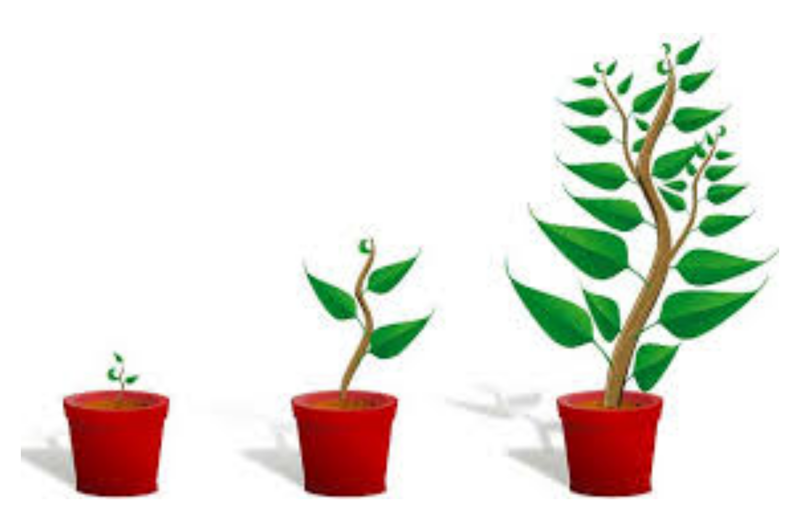
Plants
b

Plants
c
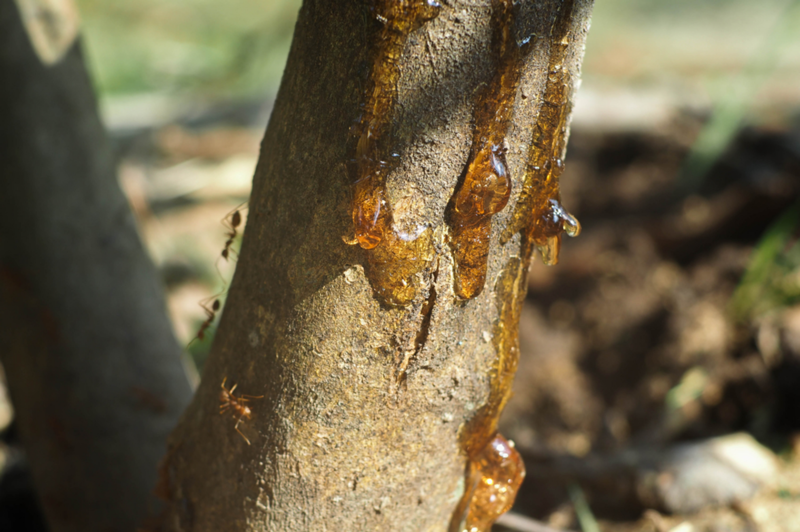
Plants
d
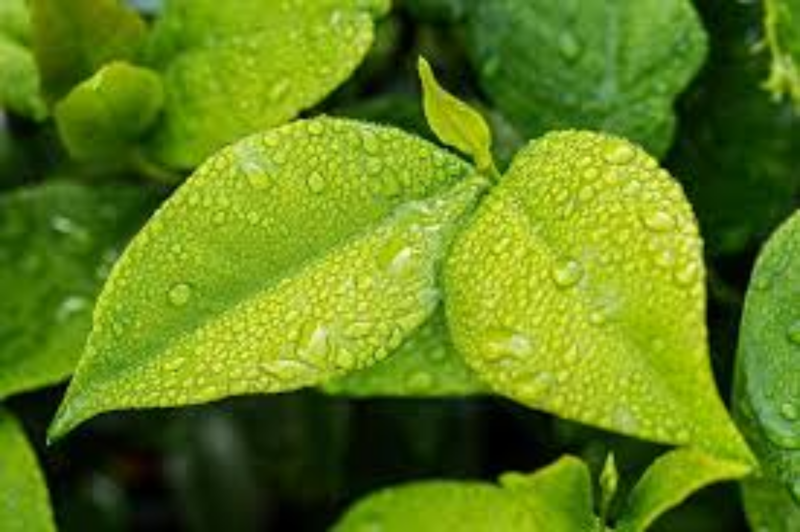
Plants
e
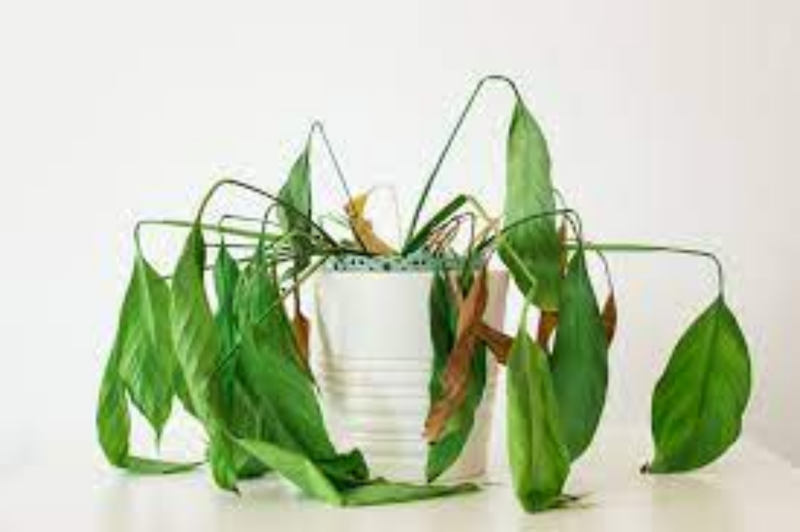
Plantsin the surrounding.
f
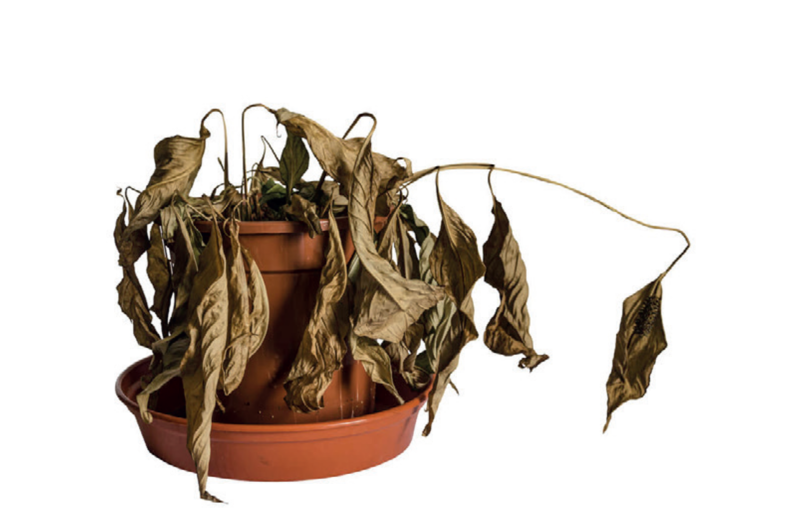
Plants
- Write the characteristics of plants shown in the pictures.
Digital Activity
- With the help of your teacher, use digital devices or print materials to look for the characteristics of plants.
- Share what you will learn with your classmates.
Stay Safe
Watch only the videos your teacher will show you.
Now I know
- Living things are things that have life.
- Examples of living things are people, animals and plants, among others.
- Plants are living things because they can grow, breathe, move, respond to changes in the environment, produce others of the same kind and die.
- Examples of plants are trees and grass.
- Things that cannot grow, breathe or produce others of the same kind are known as non‑living things. Examples of non‑living things are stones, books, cars and pencils.
Activity 2: Work as a class
Aim: To find out that plants are living things.
What you need
- A clear polythene paper, a plant, a string, camera, gloves and mask.
What to do
- Wear your mask and gloves.
- Cover one branch of the plant with the polythene bag.
- Tie the polythene at the open end and leave it for 5 hours.
- Look at the tied part after 5 hours. What happened?
- Write down what you observe.
- Talk about the characteristic of the plant observed.

Stay Safe
Be careful. Some plants have thorns. Thorns can hurt.
Now I know
- After the experiment, droplets of water are seen. This shows that plants remove excess water and other products.
- Therefore, plants are living things.
Now I know
Recite the following poem.
Now I know very well,
Plants are living things,
This is because all plants grow,
All plants reproduce, that is,
They give rise to similar plants,
All plants remove waste,
Such waste is water, oxygen and others.
All plants respond to changes in the environment,
All plants feed and finally, all plants die.
Activity 3: Work as a class
What you need
 Camera or smartphone | 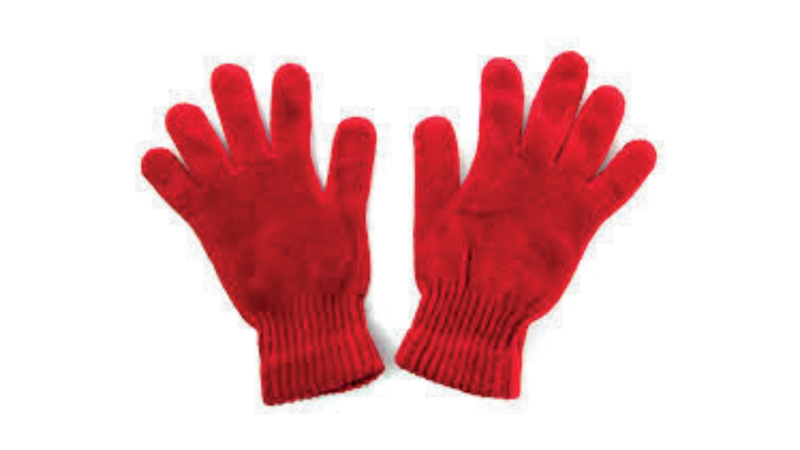 Gloves |
 Forceps | 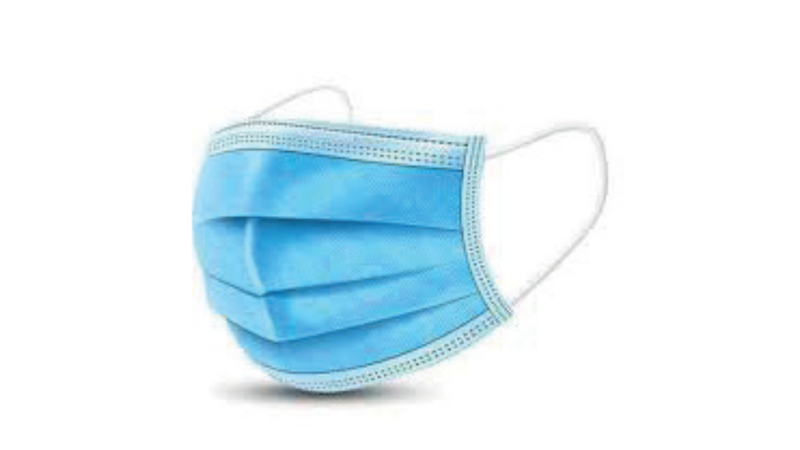 Mask |
What to do
- Wear your mask and gloves.
- With the help of your teacher, walk around your school compound.
- Look at different plants and talk about their characteristics.
- Look at the sizes of the plants, the young ones of the plants and the dried plants.
- Using forceps, touch the parts of plants such as the leaves and flowers. Observe what happens.
- Take photographs of the different plants.
- Print the pictures and stick them in your portfolio.
Fun Time
What you need
- Carton, crayons, pens, scissors and sticky glue.
What to do
In this activity, you will create flash cards showing the characteristics of plants.
- Cut 5 long rectangular pieces from the carton.
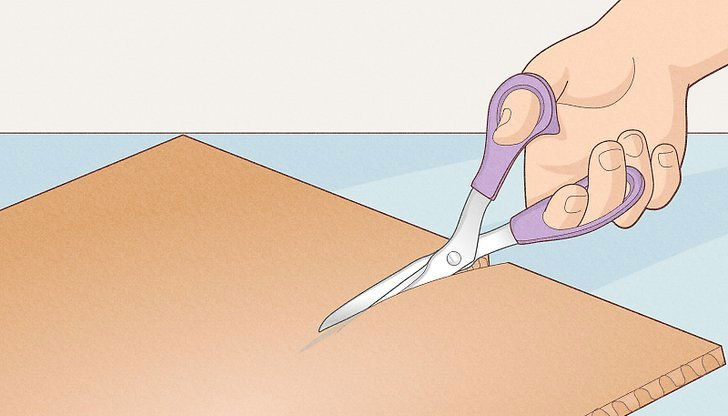
- Label the pieces of the cartons as A, B, C, D and E.
 |  | 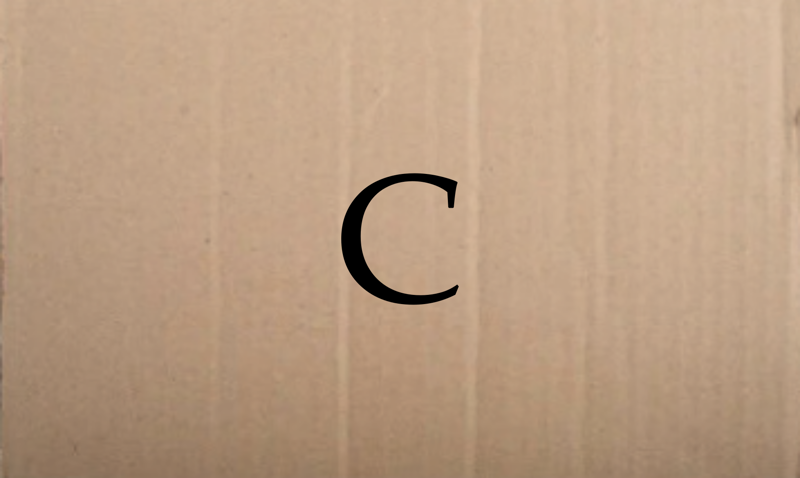 |
 |  |
- Write one characteristic of plants on the piece of carton labelled A as shown below.
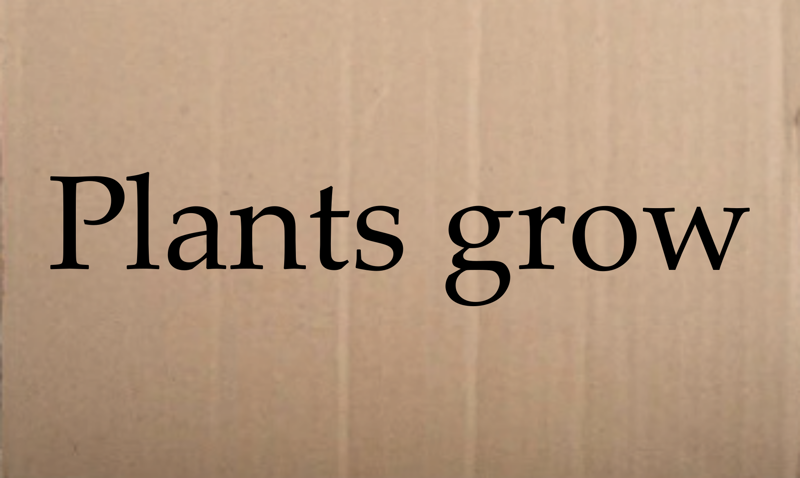 |
- Write other characteristics on the other pieces of cartons.
- Decorate your cards using locally available materials.
- Attach your cards to your portfolio.
- Share your work in class.
Stay Safe
Ask your teacher to show you how to hold scissors. Scissors can hurt.
Functions of external parts of plants
Which parts of a plant do you know?
Activity 4: Work as a class
- Your teacher will walk you around your school.
- Look for small plants growing around your school.
- Carefully uproot five plants which have all leaves, stem and roots.
- Carry the uprooted plants to class.
- Look at the plants and name the different parts of a plant.
- Talk about the functions of the parts of a plant.
- Store the plants well for future use.
- What is the need for the following parts of a plant:
- roots
- stem
- leaves
- roots
- What could happen if plants had no roots?
- Imagine that all the leaves are no more. What could happen to the plants?
- Look at the picture below.
- What does the picture show?
- Parts of a plant
- Photosynthesis
- Parts of a leaf
- Parts of a flower
- Name the parts labelled 1, 2, 3, 4 and 5.
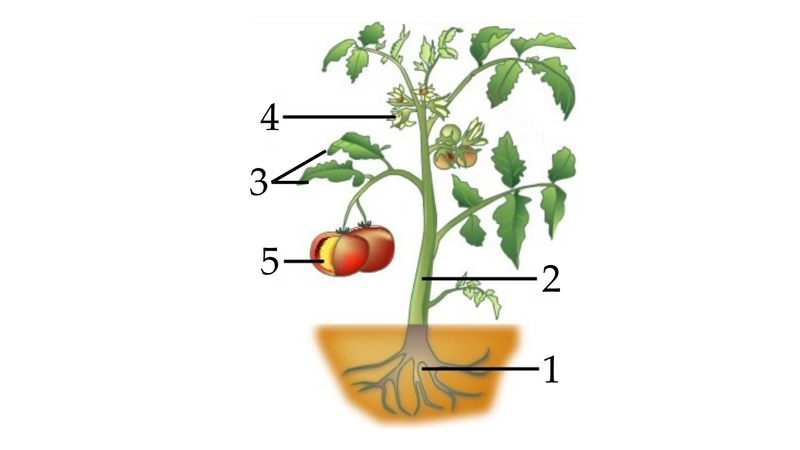
- What are the functions of the parts labelled 1, 2 and 3?
- Make food for the plant.
- Provide plants with water and minerals.
- Anchor the plant to the ground.
- Transports water, food and minerals in the plants.
- Supports the leaves, branches, flowers and fruits.
- Share your points with your classmates.
Stay Safe
Do not uproot too many plants. The small plants are the future plants. Do not destroy other plants. Plant flowers or trees in your free time.
Fun Time
What you need
- Manila paper or plain paper, crayons, pencils and rubber.
What to do
- Draw a plant with all its parts on a manila paper or plain paper.
- Colour the different parts of the plant.
- Label the different parts of the plant.
- Write the functions of the roots, stem and the leaves.
- Share your drawing with your classmates.
Activity 6: Work in groups
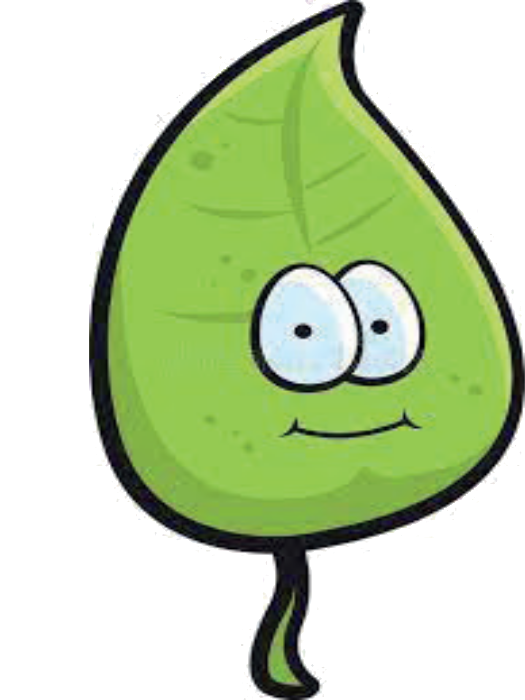 | My name is leaf. I am green in colour. I act as a chef to my plant. I make food for my plant. I use sunlight and a special gas known as carbon (IV) oxide. The process I use to make food is called photosynthesis. This is why I am found in the upper parts of a plant. | ||
 | They call me stem. I connect the roots with the branches and leaves. I hold the branches and leaves to support them. I transport water and minerals from the roots. I also carry food from the leaves to other parts of the plants such as the roots. Some of us store food. For example, the baobab stem. | ||
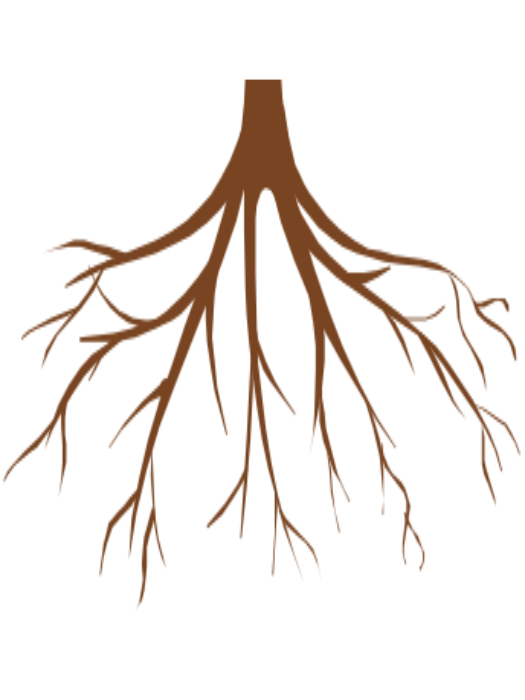 | We are roots. We are found underground. We hold the plant strongly so that it does not fall. We collect water from the soil and supply it to other parts of the plants. We also collect special substances known as minerals from the soil and supply them to other parts of the plant. Some of us store food such as potato roots. | ||
- What are the functions of the leaves?
- What is the need for a stem in plants?
- Talk about the functions of the roots in a plant.
- Share your points with your peers in class.
Digital Activity
- Your teacher will help you to use digital application such as paint to draw the following external parts of a plant.
a
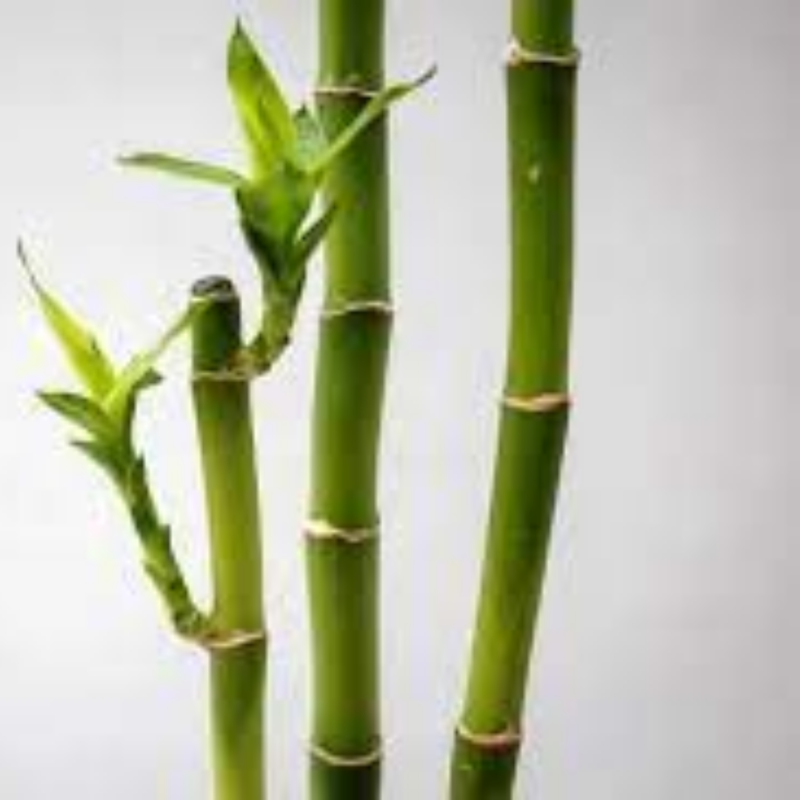
b
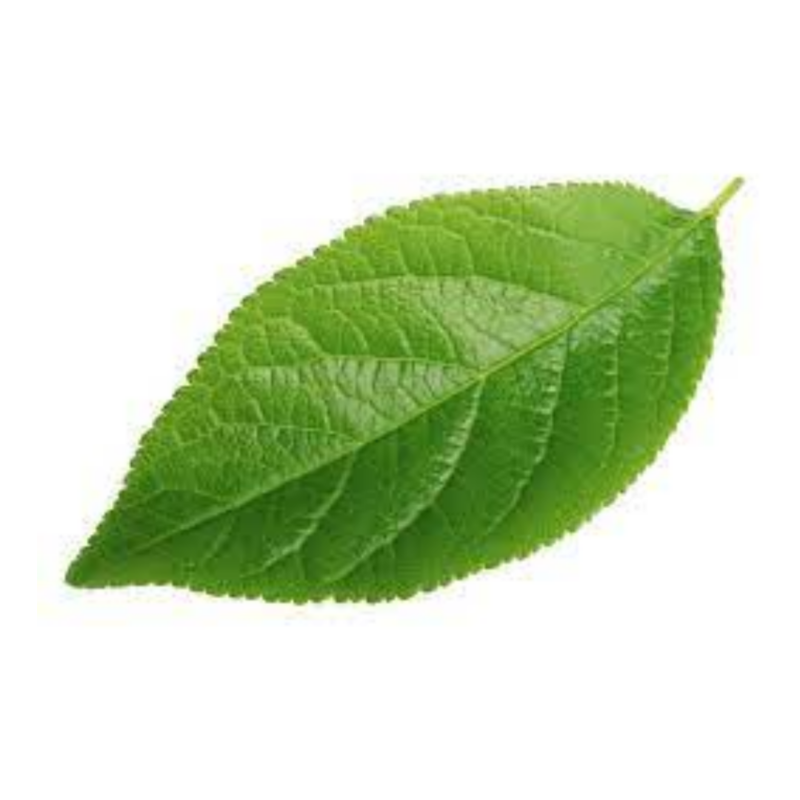
c
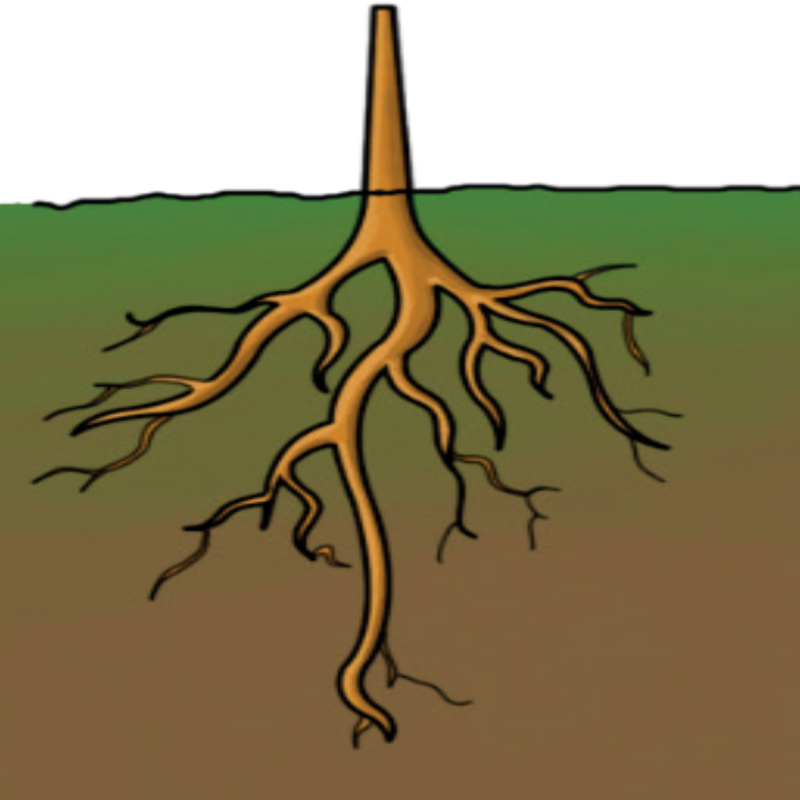
- Paint your drawings using the painting features.
- Label your drawings.
- Share your drawings with your classmates.
Now I know
- External parts of a plant are roots, stems, leaves, flowers, branches and fruits.
- The roots provide plants with water and minerals. They also anchor the plant to the ground. Some types of roots store food for the plant.
- The stem supports the leaves, branches, flowers and fruits. It also transports water, food and minerals in the plants. Some types of stems store food.
- The leaves of a plant make food for the plant.
Appreciating the need to care for the plants
- Look at the pictures.
- How are the people in the pictures taking care of plants?
a
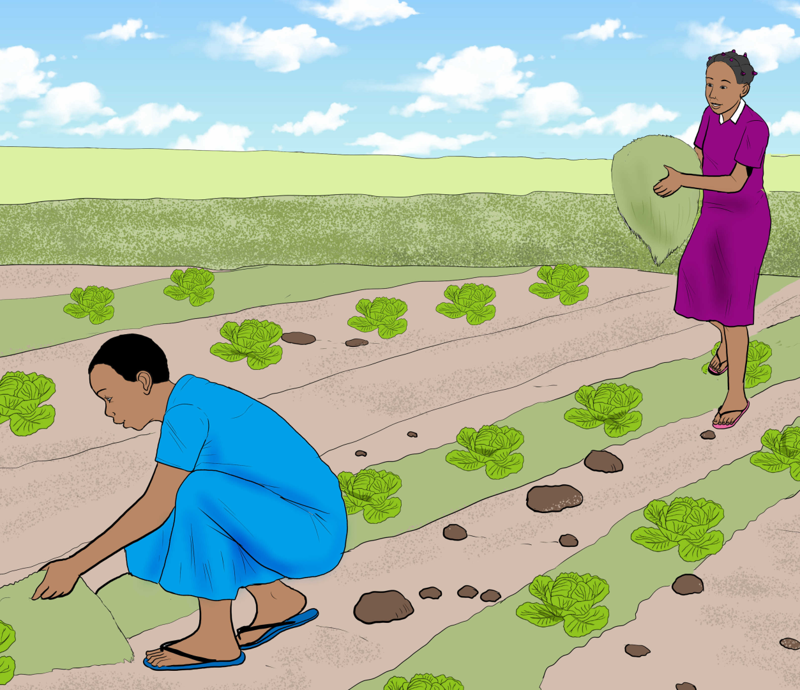
b
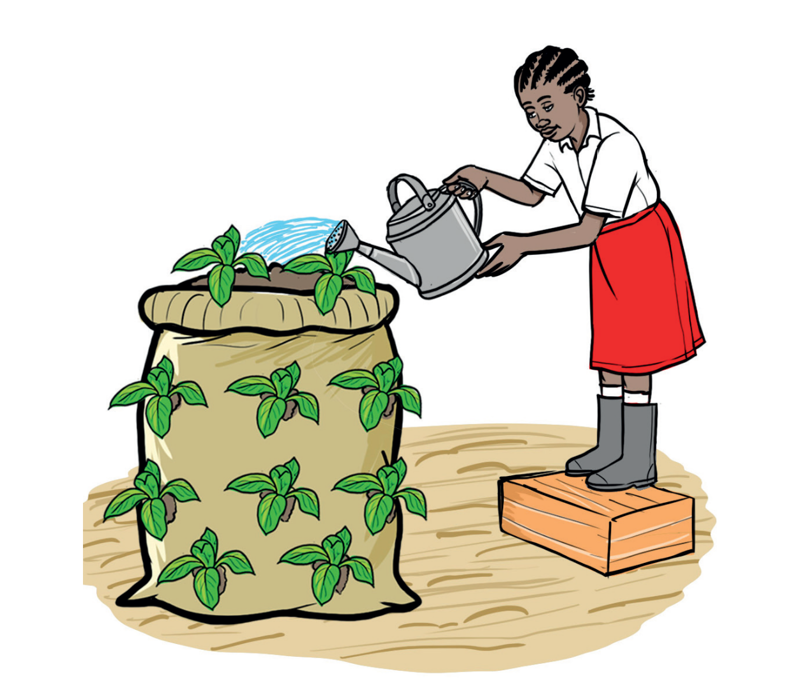
c
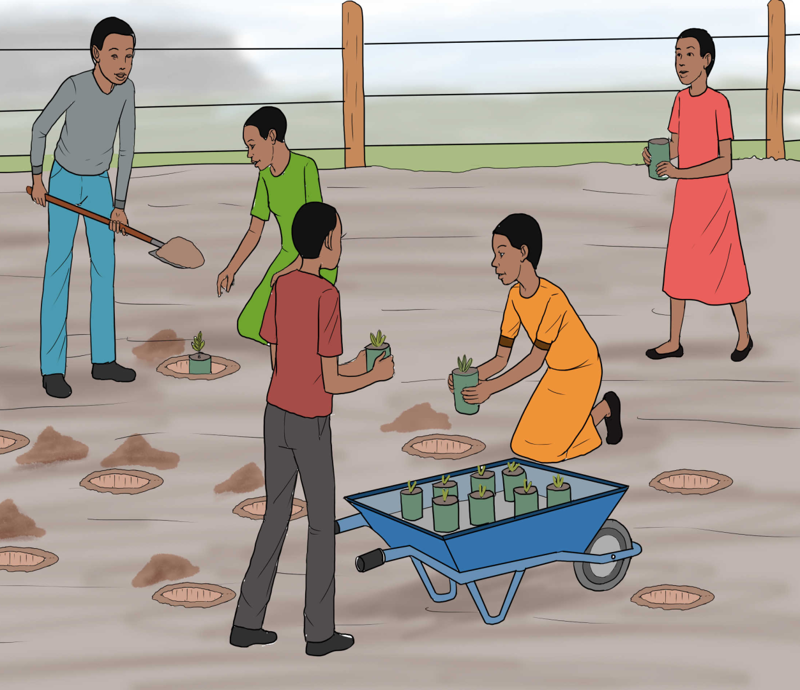
d

- What is the need for taking care of plants?
- How do you take care of plants at school?
- Talk about how you take care of plants at home.
- Write down your points.
Activity 8: Work in groups
Grade 4 learners discussed the need to take care for plants. Read what they said.
Rose: | Plants such as flowers make our environment beautiful. I will plant more flowers. |
Ken: | Plants such as food crops provide us with food. They also provide food for animals. I will take care of food crops. |
Lilian: | My grandfather told me that some trees provide us with medicine. |
Ben: | My mother told me that some plants such as grass prevent soil erosion. |
Jane: | Plants produce oxygen as a waste. We breathe in oxygen to live. I will plant more plants. |
Dan: | Plants growing in places like forests provide a home for wild animals. |
- Identify reasons why we need plants from what the learners said.
- Make our environment beautiful.
- Provide us with food.
- Provide food for animals.
- Provide us with medicine.
- Prevent soil erosion.
- Produce oxygen.
- Provide a home for animals.
- Produce electricity for our homes.
- Make the soil taste better.
- Make the rain stop.
- Why do we need to take care of plants?
- Talk about other importance of plants.
- Share ideas on how you will take care of plants.
- Present the points to your peers in class.
Now I know
- Plants are important to us because they provide us with wood, food, paper and medicine. They are home to wild animals, birds and insects.
a

b

c
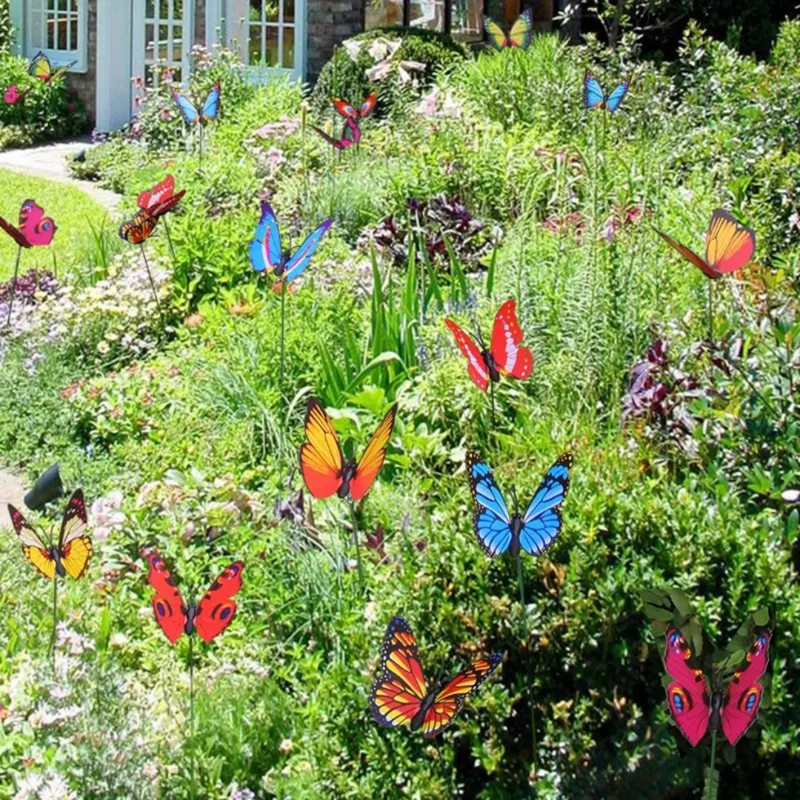
- We should take good care of plants. We can take care of plants in the following ways:
- Watering the plants regularly.
- Planting more trees and other plants.
- Adding fertiliser or manure to plants.
- Avoiding polluting the environment.
- Mulching the plants.
- Avoid cutting down trees and destroying plants.
- Teaching others to take care of plants.
- Good care for plant and trees will promote conservation of the environment.
Take Home Activity
- Ask your parent or guardian to provide you with seedlings of flower plants or trees.
- Ask them to help you prepare a place where you can plant the seedlings.
- Take photos of yourself as you plant the seedlings.
- With the help of your parent or guardian, prepare a timetable for watering the plant.
- Mulch the plant and put manure or fertiliser.
Community Service Learning
- As a class, talk about the need for conserving the plants and vegetation.
- Choose either to make a flower bed or plant trees within your school compound or community.
- Request your teacher, parents or guardians to get you seedlings.
- Prepare a place for planting your seedlings.
- Plant your seedlings and water them.
- Share out roles on how you will take care of your seedlings. Such roles include watering, mulching and weeding.
- Ensure you water your plants regularly.
Progress Assessment
- Mark the characteristics of plants.
- Plants die.
- Plants grow.
- Plants reproduce.
- Plants feed.
- Plants respond to changes in the environment.
- Plants remove waste.
- Plants breathe.
- Plants produce light.
- Plants eat other animals.
- Plants grow only at night.
- Name the following parts of a plant.
a
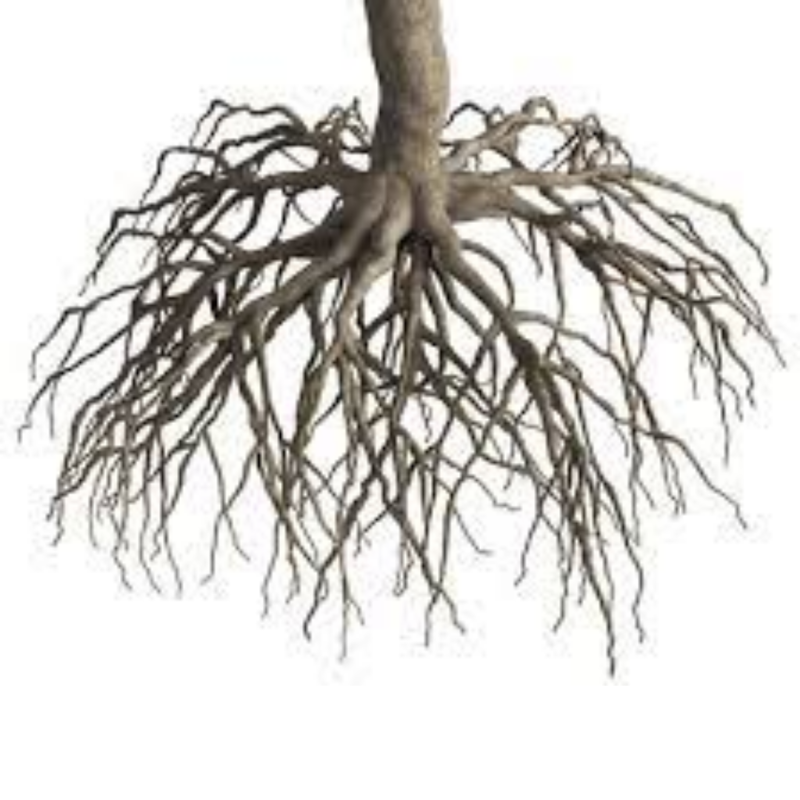
b
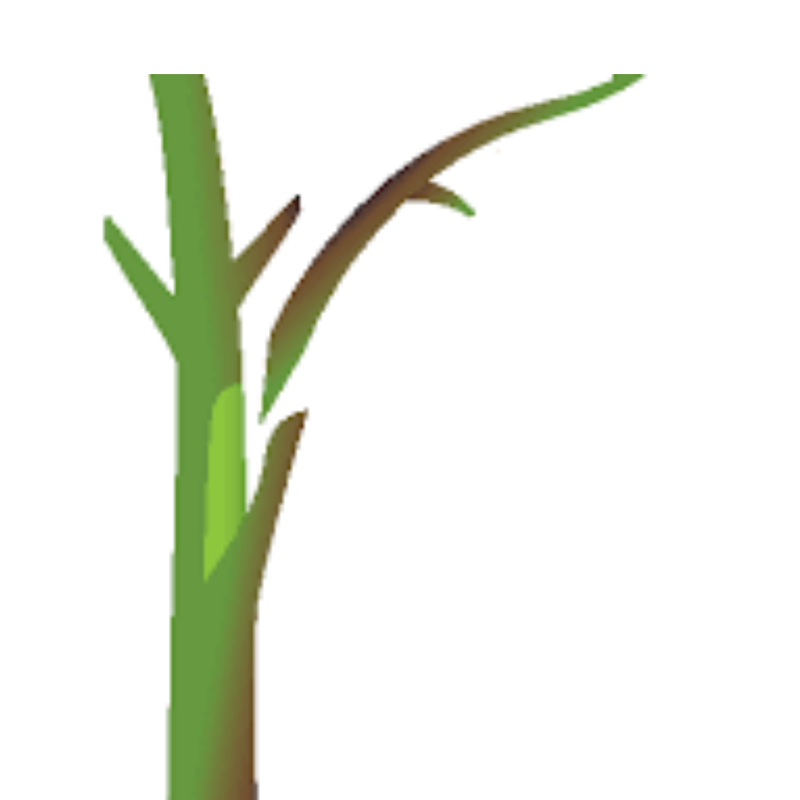
c

- What are the functions of the following parts of a plant:
- Support the leaves, branches, flowers and fruits.
- Supply nutrients and mineral salts to plants.
- Makes food for the plant.
- Anchor the plant to the ground and provide them with water and minerals.
- Joan planted a tree at home. How can she care for the plant?
- Watering the plant regularly.
- Adding fertiliser or manure to plant.
- Avoiding polluting the environment.
- Mulching the plant.
- Cutting all the leaves off right after planting.
- Keep the plant in a dark room without sunlight.
